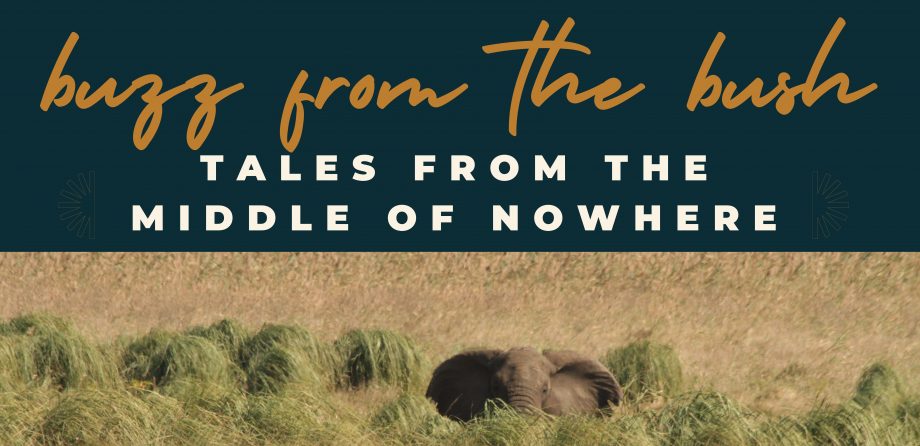I’ve been learning South African birds. Bird calls, bird flight patterns, bird mating rituals, etc. etc. etc. What do you want to know about a bird, South African or otherwise? Ask away and I will supply whatever answers I can. I’m on this mission, and it is a mission, to learn about birds for several reasons. One, after spending so much time around them, I’ve slowly built up an appreciation for them and honestly get a rush out of being able to identify them by their calls. Two, like everything else I seem to learn out here, knowing your birds can be potentially life saving.
I’ll admit, begrudgingly, that another big motivator for me to learn these birds was the embarrassment I felt when asked by my fiance what some of the indigenous birds in New York and New Jersey were, and finding I could only name about five. Obviously after learning the South African feathered flocks, I will have no greater knowledge of the avian armies of my childhood home, but one step at a time here. The sheer fact that I’m bothering to learn them at all is huge for me. Eventually I will learn at least a few dozen from my home region. Eventually. Right now I’m just happy to be able to distinguish the doves from the shrikes from the kingfishers.
It pays to know what the animals know when you live in the bush. They use signals we’ve grown to ignore, signals we’ve insulated ourselves from in our little castles. Certain bird behaviors and calls indicate danger, and when you have to live by your wits out here, it pays to know which birds do this, what they do, and how they sound. The oxpecker is one such bird that it behooves you to know. It might be the only alarm you’ve ever appreciated.
The oxpecker lives on ticks that parasitize just about every big animal out here. You know them from wildlife documentaries – they’re the small, grey birds with brightly-colored eyes and beaks, rappelling down the necks of giraffes, tucking behind the ears and in the nostrils of buffalo, and nipping at the hindquarters of rhino and hippo. They seem to steer clear of elephant, for some reason (maybe the trunk is simply too dexterous of an appendage for them to evade) and you don’t see them on the lions either. But then again, I’m not sure if I’d be all over a lion either.
Oxpeckers practice mutualism, which means both parties involved benefit from the arrangement. The oxpecker gets his meal of lovely bloodsucking parasites; the rhino/giraffe/buffalo/etc. gets a personal pest removal system free of charge. However, that mutualism turns to parasitism when the oxpeckers still want a meal, and, for the next fix, turn to vampirism. Oxpeckers have a tendency to home in on an animal’s preexisting wound and go for any bits of coagulated blood. Munching away, the birds then reopen the wound, keeping it from healing. This clearly oversteps the ‘mutually beneficial’ situation. But that’s neither here nor there, really. All I care about oxpeckers at this time is that they are alarm birds.
When you see a bunch of oxpeckers fly up suddenly out of the brush, you know there is something potentially dangerous lying in wait. Same goes for certain terrestrial birds such as guinea fowl, spurfowl and francolins (also known as heart-attack birds). These birds have a fascinating ability to pop out of nowhere and literally stop your heart. You have to keep in mind, though, before you try to catch them and wring their scrawny little necks, that you are a threat to them too. And I have to say, given how much damage we as people do, we are by far the most fearsome and dangerous animals anywhere.
Song for the day: ‘Hard to Handle’ – The Black Crowes
All rights reserved. ©2011 Jennifer Vitanzo






cool info! it’s great that you are learning your birds. hopefully you’ll have harmony and will soon flock together with them. 🙂